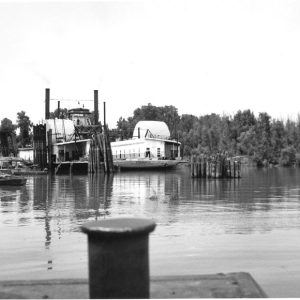 Locomotive Ferry
Locomotive Ferry
Entry Category: Water
 Locomotive Ferry
Locomotive Ferry
Martha Washington [Steamboat]
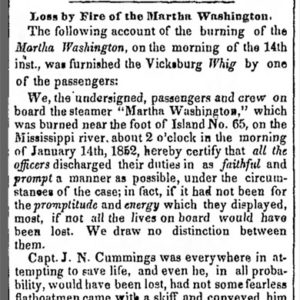 Martha Washington Steamboat Article
Martha Washington Steamboat Article
Mary E. Poe [Steamboat]
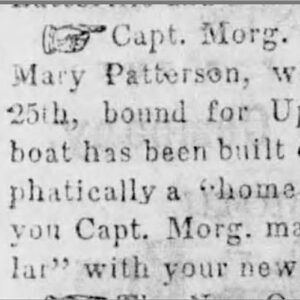 Mary Patterson Ad
Mary Patterson Ad
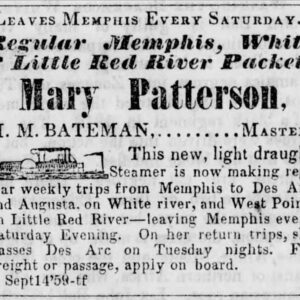 Mary Patterson Ad
Mary Patterson Ad
Mary Woods No. 2
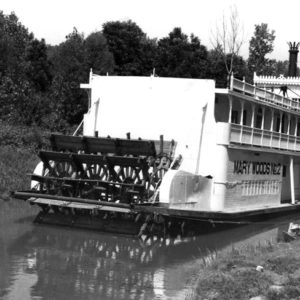 Mary Woods No. 2 Steamboat
Mary Woods No. 2 Steamboat
McClellan-Kerr Arkansas River Navigation System (MKARNS)
 McClellan-Kerr Waterway Dedication
McClellan-Kerr Waterway Dedication
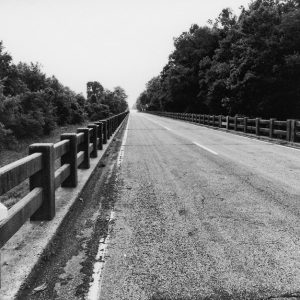 McNeely Creek Bridge
McNeely Creek Bridge
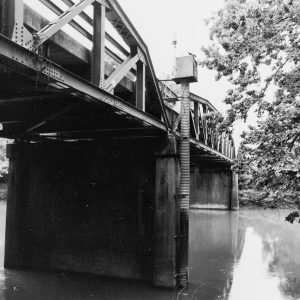 McNeely Creek Bridge
McNeely Creek Bridge
 McNeely Creek Bridge
McNeely Creek Bridge
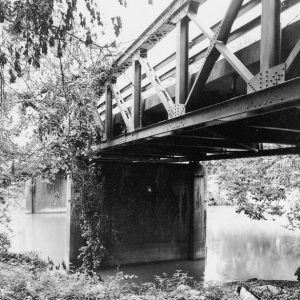 McNeely Creek Bridge
McNeely Creek Bridge
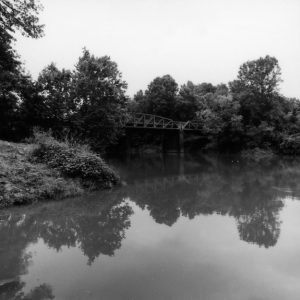 McNeely Creek Bridge
McNeely Creek Bridge
Memphis-Arkansas Memorial Bridge
Mercury [Steamboat]
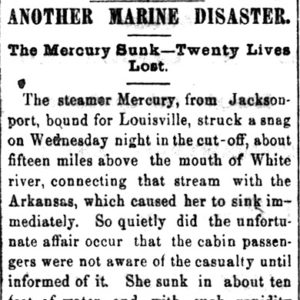 Mercury Steamboat Article
Mercury Steamboat Article
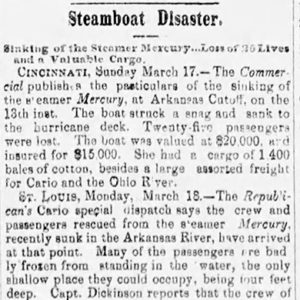 Mercury Steamboat Article
Mercury Steamboat Article
Miami [Steamboat]
 Miami Disaster Article
Miami Disaster Article
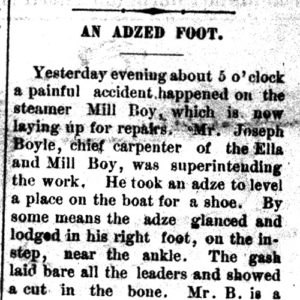 Mill Boy Article
Mill Boy Article
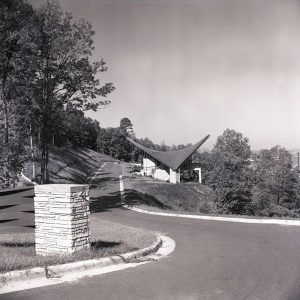 Murray Lock and Dam Overlook
Murray Lock and Dam Overlook
Nancy F [Ferryboat]
 Nancy F Steamboat Article
Nancy F Steamboat Article
 Nancy F Steamboat Article
Nancy F Steamboat Article
Neosho [Steamboat]
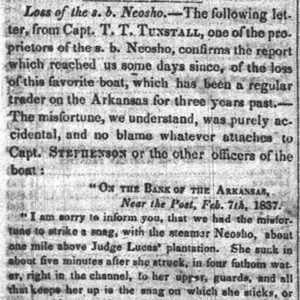 Neosho Steamboat Article
Neosho Steamboat Article
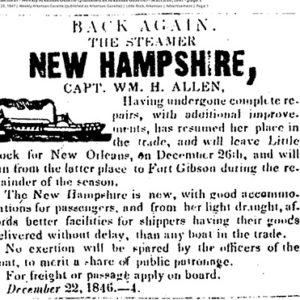 New Hampshire Steamboat Ad
New Hampshire Steamboat Ad
New Hampshire [Steamboat]
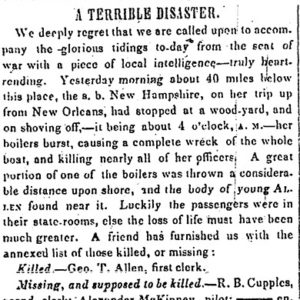 New Hampshire Steamboat Article
New Hampshire Steamboat Article
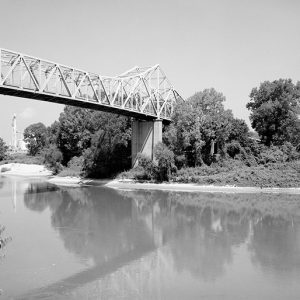 Newport Bridge
Newport Bridge
Niagara and Post Boy, Collision of
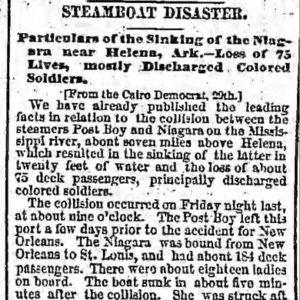 Niagara Disaster Story
Niagara Disaster Story
 Niagara Disaster Story
Niagara Disaster Story
Nick Wall [Steamboat]
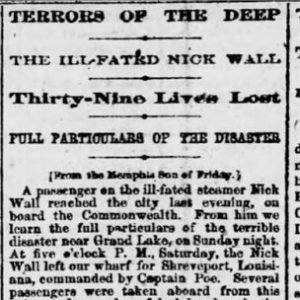 Nick Wall Steamboat Article
Nick Wall Steamboat Article
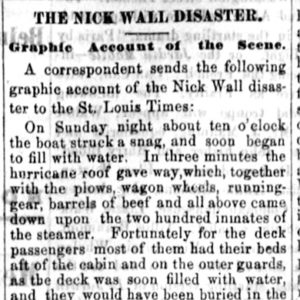 Nick Wall Steamboat Article
Nick Wall Steamboat Article
 Norfork Bridge
Norfork Bridge
Norfork Dam and Lake
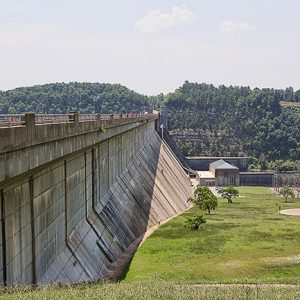 Norfork Dam
Norfork Dam
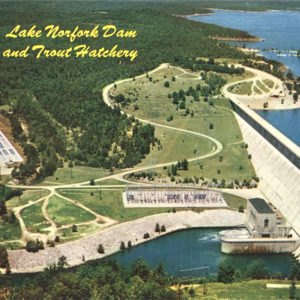 Norfork Dam and Lake
Norfork Dam and Lake
 Norfork Lake Ferry
Norfork Lake Ferry
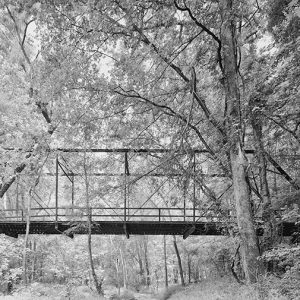 Okolona Bridge
Okolona Bridge
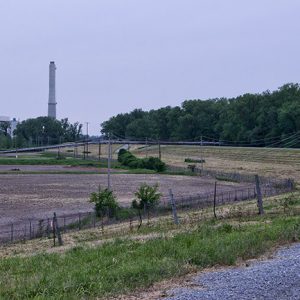 Osceola Levee
Osceola Levee
 Ouachita River
Ouachita River
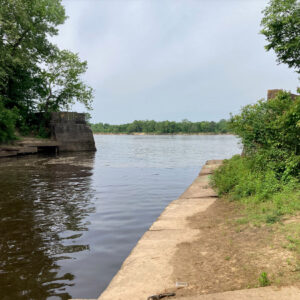 Palarm Creek
Palarm Creek
 Palarm Creek Park
Palarm Creek Park
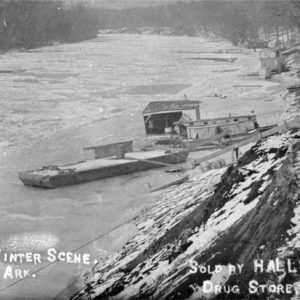 Parkin in Winter
Parkin in Winter
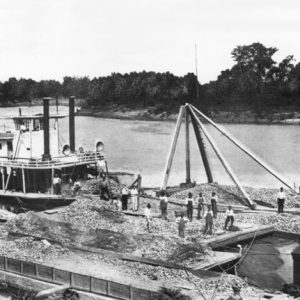 Pearling Industry Barges
Pearling Industry Barges




